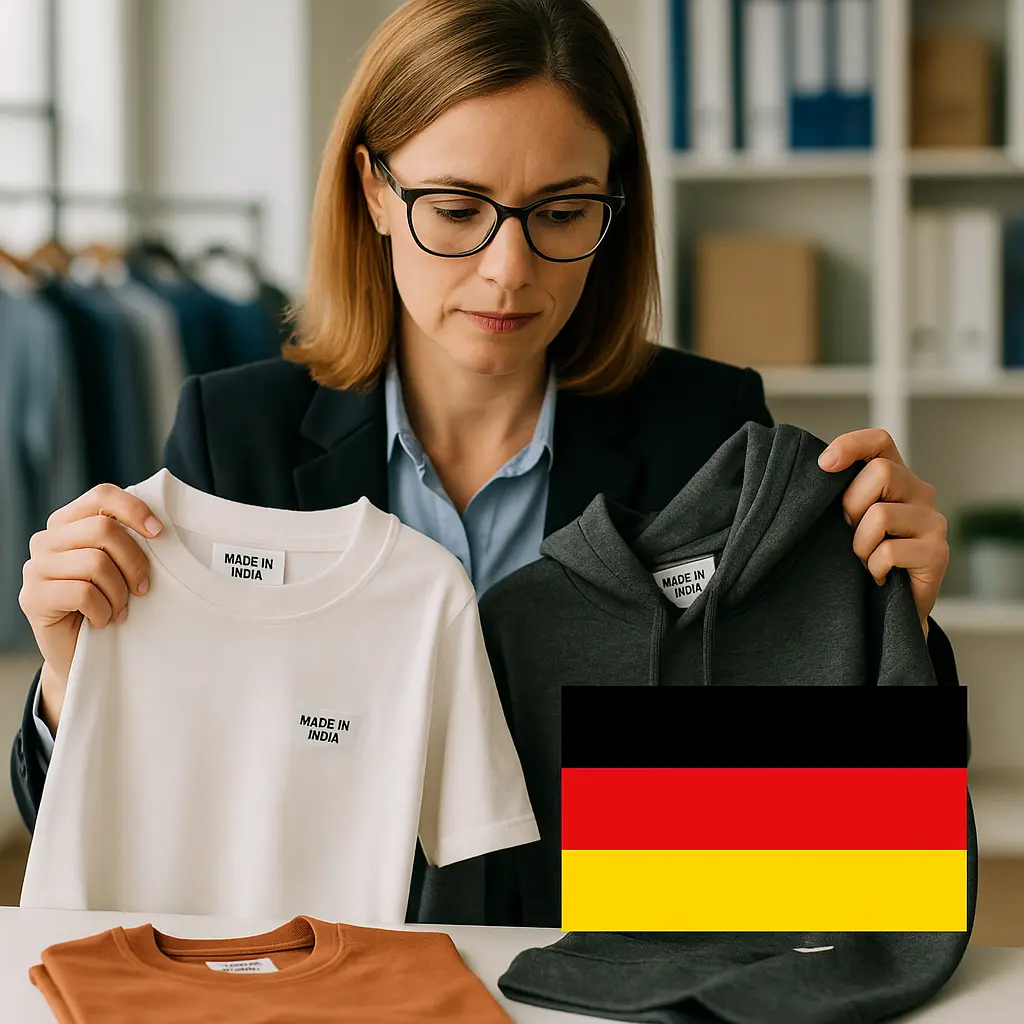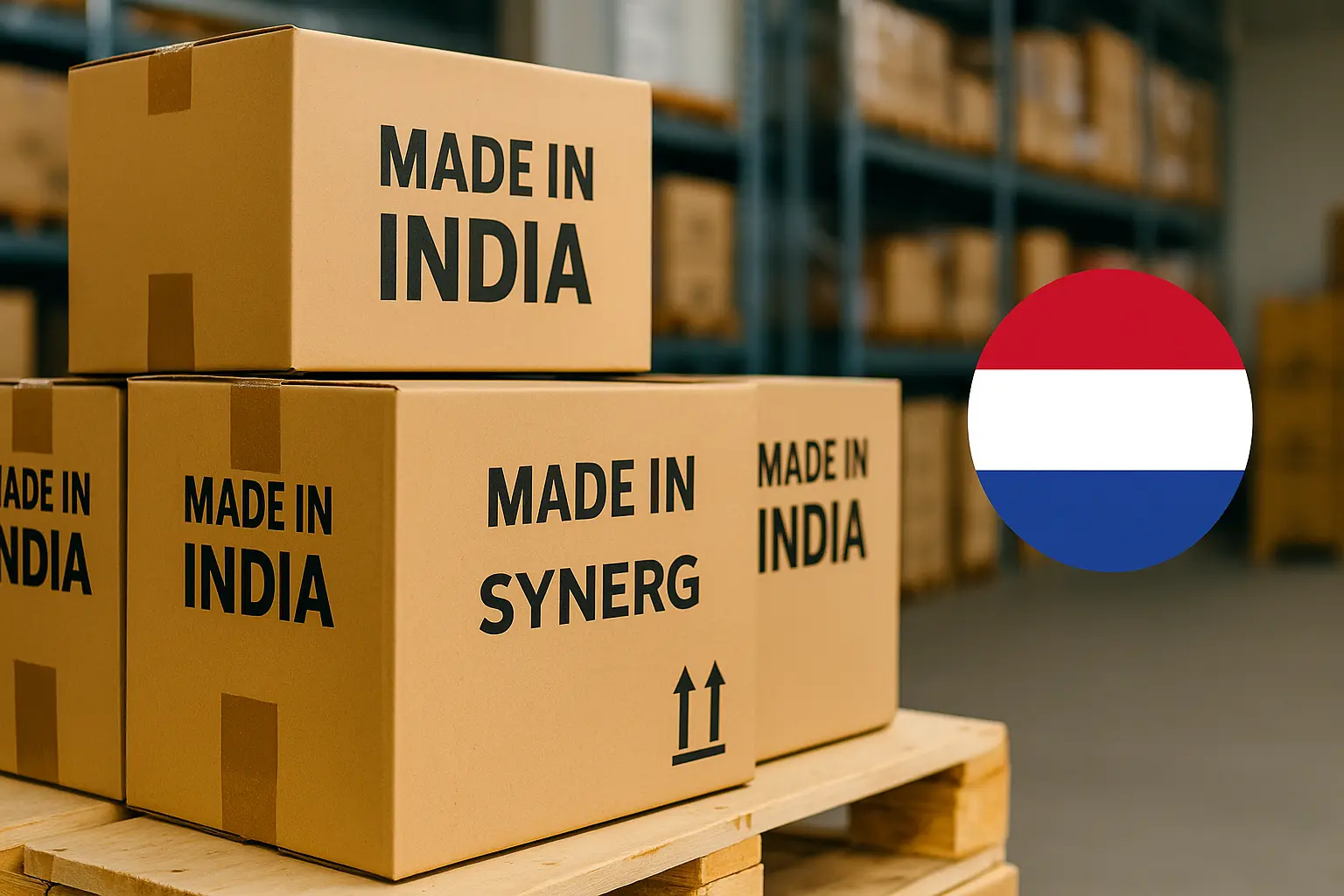Tie-dyeing is a popular technique for adding unique and colorful patterns to clothing, including t-shirts & hoodies. T-shirt clothing manufacturers can employ various methods to achieve tie-dye effects, and the specific process may vary depending on their equipment and preferences. Here’s a general overview of the tie-dye process typically used by tie dye t shirt hoodie clothing suppliers:
- Materials and Equipment:
- White or light-colored t-shirts made of 100% cotton or another suitable fabric.
- Fabric dyes in various colors.
- Rubber bands or string for tying.
- Plastic squeeze bottles or spray bottles for applying dye.
- Plastic or rubber gloves.
- Plastic bags or plastic wrap for wrapping the shirts.
- Protective coverings for work surfaces.
- Preparation:
- Pre-wash the t-shirts to remove any sizing or chemicals that may interfere with dye absorption.
- Lay out the t-shirts on a flat, clean, and protected work surface.
- Tying the Shirts:
- Manufacturers may use various tie-dye techniques like spiral, bullseye, crumple, or accordion folds. The choice of technique will determine the final pattern.
- Use rubber bands or string to secure the fabric in the desired pattern. The more you bind, the more white space will remain on the shirt.
- Dye Application:
- Mix the fabric dyes according to the manufacturer’s instructions.
- Apply the dye to the tied t-shirts. This can be done using squeeze bottles, spray bottles, or other application methods. Manufacturers may apply one or multiple colors in various patterns.
- Dye Fixation:
- Once the dye has been applied, wrap each shirt in plastic bags or plastic wrap to keep them moist. This helps the dye set properly.
- Allow the shirts to sit for a specified period (typically 6-24 hours) to let the dye react with the fabric and set.
- Rinsing and Washing:
- After the dye has set, rinse the shirts thoroughly under cold water to remove excess dye. Gradually increase the water temperature until it runs clear.
- Unbind and unfold the shirts carefully.
- Final Wash:
- Wash the tie-dyed shirts separately in cold water with a mild detergent.
- After the initial wash, you can machine wash them with other clothes of similar colors.
- Drying:
- Tumble dry the shirts in a dryer or hang them to air dry, depending on the manufacturer’s preference and the care instructions for the fabric.
- Quality Control and Inspection:
- Inspect each tie-dyed shirt for color vibrancy, pattern quality, and any imperfections.
- Packaging:
- Fold and package the tie-dyed shirts for distribution or sale.

This is a simplified overview, and the actual tie-dye process used by tie dye t shirt clothing manufacturers and tie dye hoodie suppliers. These processes may vary in terms of techniques, dyes, equipment, and quality control measures. Manufacturers often have their own unique methods and styles to create distinct tie-dye designs.
Image Source:- Piktochart



